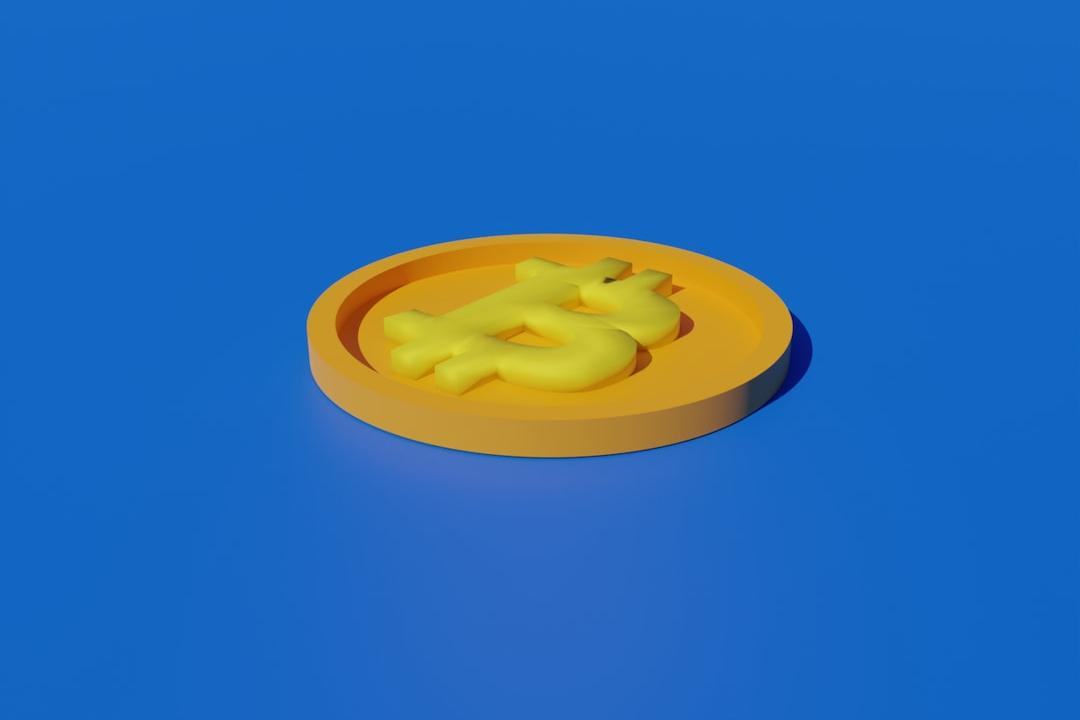The Ethereum Foundation announced today that following the successful Dencun upgrade on the Goerli testnet on January 17th, the Sepolia and Holesky testnets will activate the Cancun upgrade as scheduled on January 30th and February 7th respectively. If these two testnets’ subsequent upgrades go smoothly, the next step will be to activate the Cancun upgrade on the Ethereum mainnet.
In the previous development, the Dencun upgrade on the Goerli testnet encountered two major issues.
As a background, the Cancun upgrade was launched on the Goerli testnet on January 17th, with the Ethereum mainnet expected to follow suit by the end of February.
The next major upgrade of Ethereum, Cancun (Dencun), was launched on the largest testnet, Goerli, on January 17th. According to the latest announcement from the Ethereum Foundation today, the Sepolia and Holesky testnets will undergo the Dencun upgrade within the next two weeks as planned.
Following the successful hard fork upgrade of Dencun on January 17th on the Goerli testnet, Sepolia will be activated at Epoch 132608, estimated to be at 22:51 UTC on January 30th (6:51 AM on January 31st, Taiwan time). Holesky will be activated at Epoch 29696, estimated to be at 11:35 UTC on February 7th (7:35 PM on February 7th, Taiwan time).
The Ethereum Foundation stated that if the subsequent upgrades of Sepolia and Holesky proceed smoothly, the next step will be to schedule the activation of the Cancun upgrade on the Ethereum mainnet, as previously disclosed, with the earliest occurrence expected by the end of February.
Note: The term Dencun is a combination of the Mexican city Cancun and Deneb, referring to the upgrade occurring at the execution layer of Ethereum, which includes rule changes for all protocols. Additionally, the consensus layer responsible for block validation will undergo its own fork, known as “Deneb.” Therefore, the combination of the two is referred to as “Dencun.”
Goerli Cancun Upgrade Issues
However, it is worth noting that Ethereum developers encountered issues with a low number of validators and chain split during the Dencun upgrade on the Goerli testnet on January 17th (different nodes having different versions of transaction history on the blockchain). The development team has conducted further testing and investigation on this matter.
Tim Beiko, a core Ethereum developer, stated that if there are no more Goerli validators participating in the upgrade, a “non-finality test” may be conducted to understand how the network will operate with low validator participation.
Further reading:
– Issues with the Dencun upgrade on the Goerli testnet
– EIP-4844 will significantly reduce L2 costs
The Dencun upgrade of Ethereum includes multiple updates, with the most anticipated core proposal being EIP-4844: Proto-Danksharding. It aims to improve Ethereum’s scalability by introducing a new transaction type (blob-carrying transactions) and is expected to reduce Layer2 transaction costs by 10-100 times. Other upgrade components also contribute to further reducing transaction fees and network congestion.
Tim Beiko mentioned this month that some blobs have been sent on the network after the completion of the Dencun upgrade on the Goerli testnet. However, currently, most of the sent blobs are empty.
Blobs are a new transaction format introduced through EIP-4844 (protodanksharding) for temporarily storing transaction data (blobs can be deleted after 18 days). They enhance Ethereum’s data storage capacity and have the potential to further reduce transaction costs on the second layer network.
Further reading:
– How will the new EIP proposals change Ethereum after the Cancun upgrade?
– How will the market evolve after the Cancun upgrade, leading to conflicts in Layer2?
– MT Capital Research Report: Interpretation of Cancun upgrade principles and underlying investment opportunities


